Search
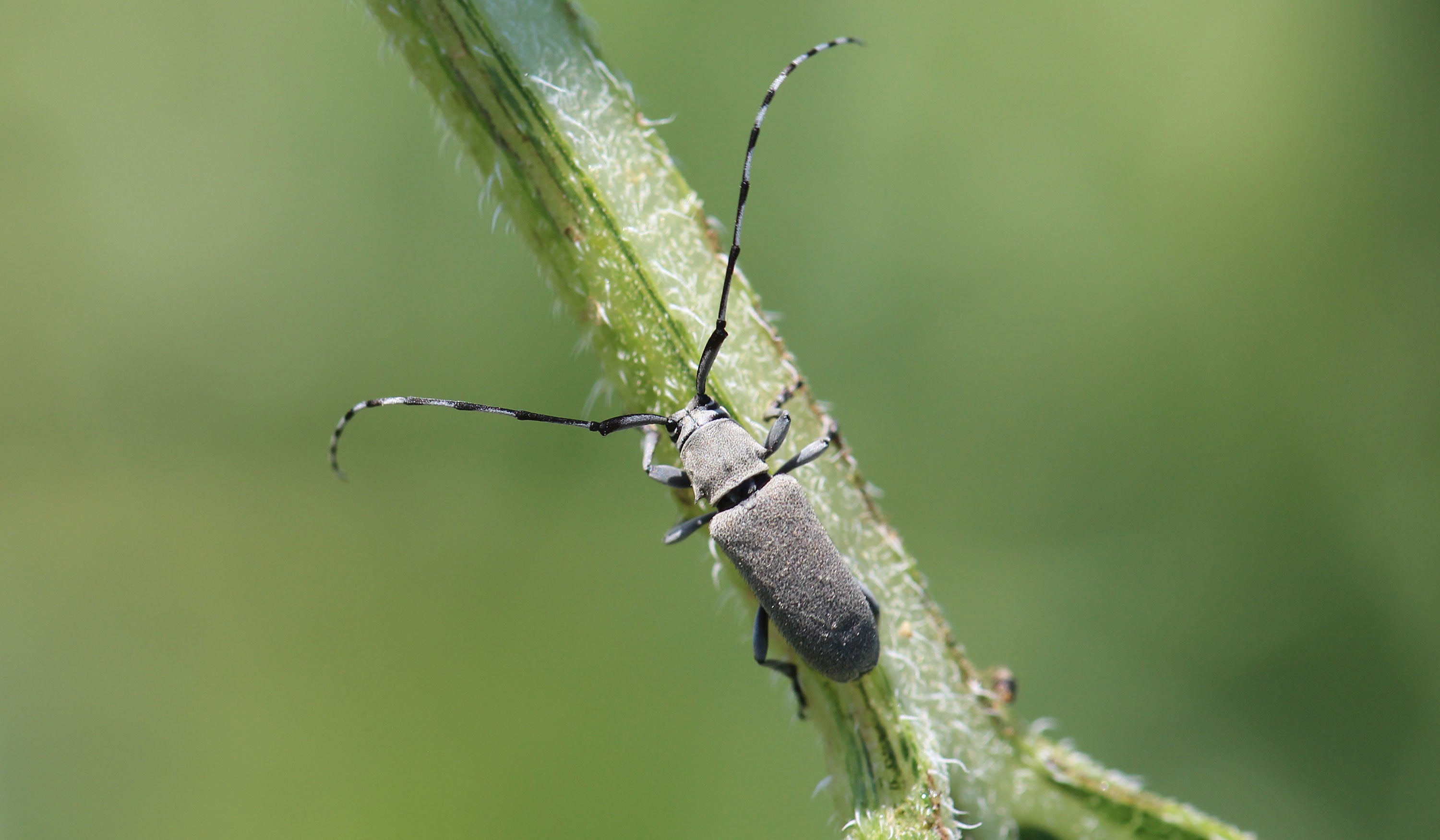
Dectes Stem Borer Adults Active in Sunflower
In South Dakota, one of the insects that is commonly observed in sunflower is the Dectes stem borer larva. At this point in the season, adults are beginning to become active with females laying eggs in sunflower plants.
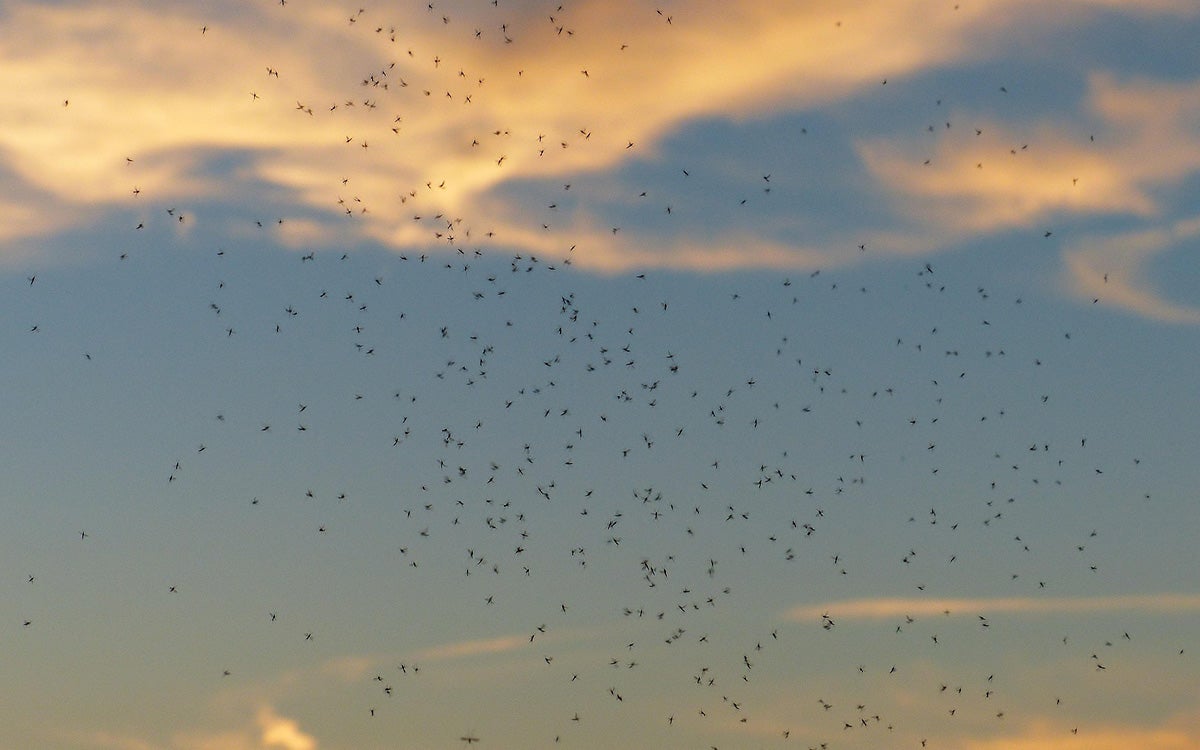
West Nile Virus Update: September 3, 2025
As of August, the South Dakota Department of Health indicated that West Nile Virus positive mosquito pools have been detected in Beadle, Brookings, Brown, Codington, Hughes, Lincoln, and Minnehaha counties.

West Nile Virus Update: September 10, 2025
As of September 10, 2025, the South Dakota Department of Health (SD DOH) reported 59 human cases of West Nile virus from Beadle, Bon Homme, Brookings, Brown, Charles Mix, Codington, Corson, Grant, Gregory, Hamlin, Hand, Hughes, Hutchison, Hyde, Lawrence, Lincoln, Marshall, Meade, Miner, Minnehaha, Pennington, Sanborn, Spink, and Walworth counties.

West Nile Virus Update: September 26, 2025
As of September 26, 2025, the South Dakota Department of Health (SD DOH) reported 74 human cases of West Nile Virus from Aurora, Beadle, Bon Homme, Brookings, Brown, Charles Mix, Clay, Codington, Corson, Douglas, Grant, Gregory, Haakon, Hamlin, Hand, Hughes, Hutchison, Hyde, Lawrence, Lincoln, Marshall, Meade, Miner, Minnehaha, Pennington, Roberts, Sanborn, Spink, Stanley, Union, Walworth, and Yankton counties.
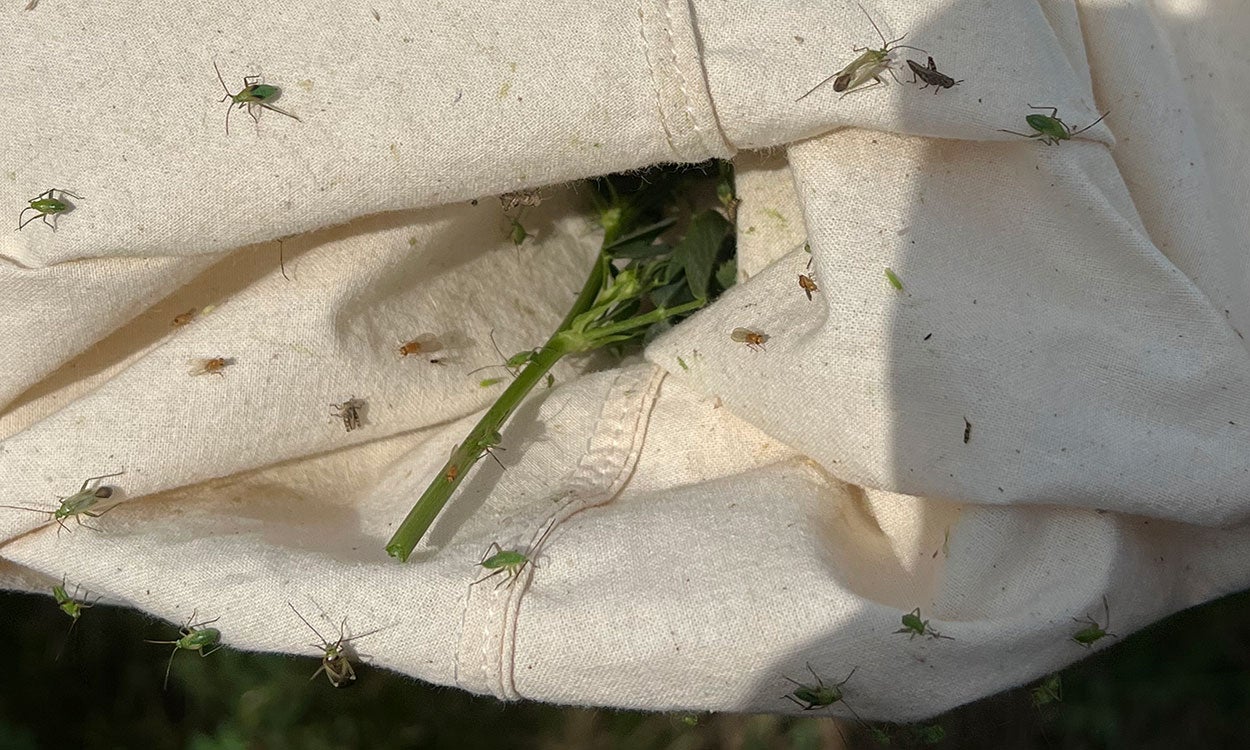
Alfalfa Plant Bugs Showing Up in Abundance
Several insect pests have been showing up early in alfalfa this season, including the alfalfa plant bug. Learn how to identify, scout, and manage this pest before it impacts your alfalfa yields.

SDSU Extension’s Approach to the 2017 Drought
Most of the Great Plains, of which Western South Dakota is part of, have always been considered a semi-arid area of the U.S. This region is characterized by hot, relatively short summers, and usually cold, dry winters.

SDSU Extension professionals win range management awards
February 12, 2024
Two South Dakota State University Extension experts have received awards from the Society for Range Management for their contributions to range science education and outreach.
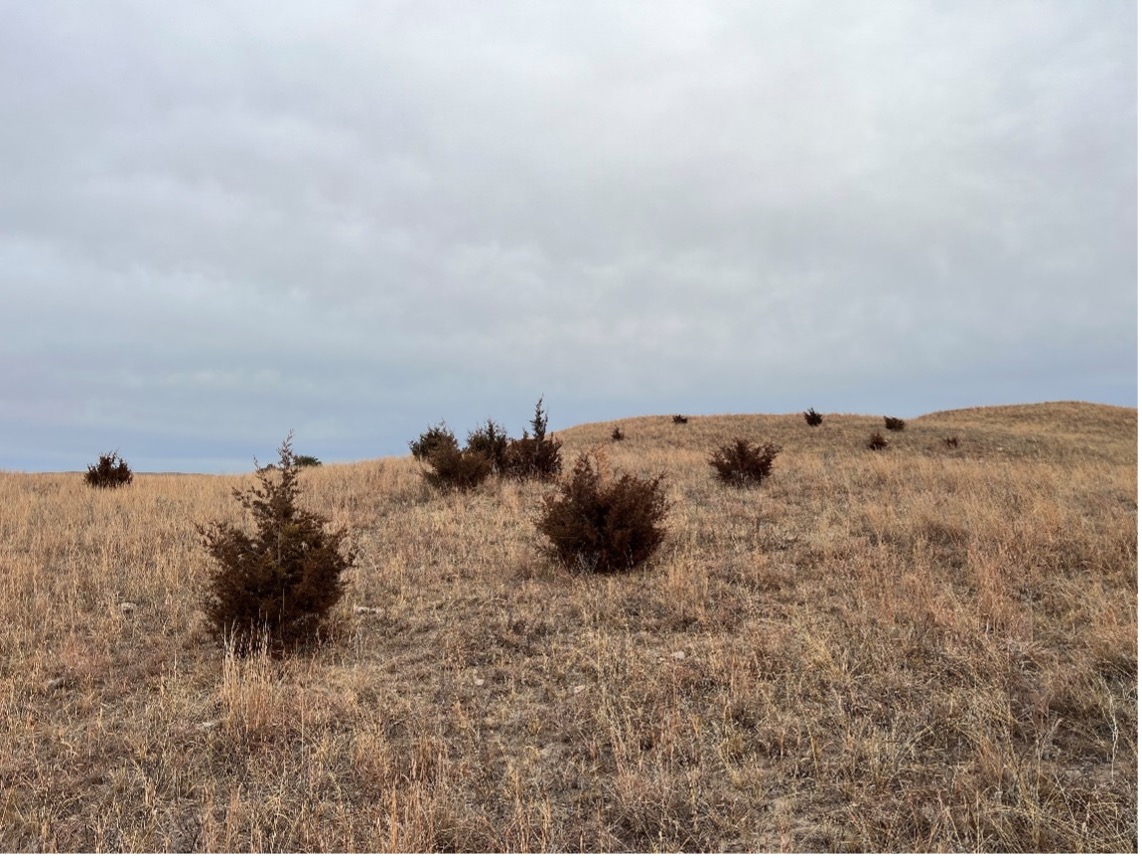
Pasture Attacker: Woody Plants are Robbing Your Forage Production
Traditionally, the prairie is home to herbaceous vegetation, such as grasses and broadleaf plant species. Although many woody plants are naturally present in canyon, riparian, or river areas, they are not meant to be a part of the grassland landscape.
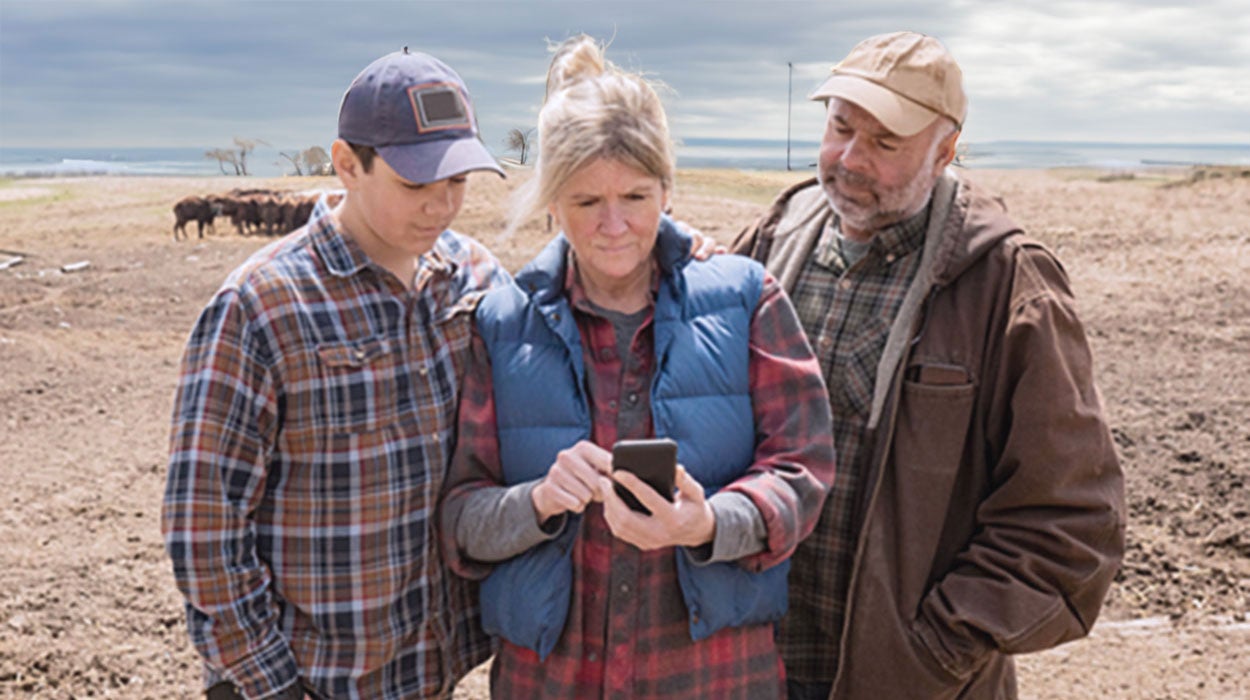
Feed Costs Still a Large Percentage of the Cow Budget
Monitoring, managing, and minimizing feed costs while maintaining a balanced ration is one way to maximize profit potential in the cow herd. Learn some expert tips for creating a least-cost ration.

Managing For Annual Swings in Forage Production
Being able to adapt your stocking rate and grazing intensity to fit forage conditions provides you with tangible management actions you can take to protect your pastures from overgrazing in any year.